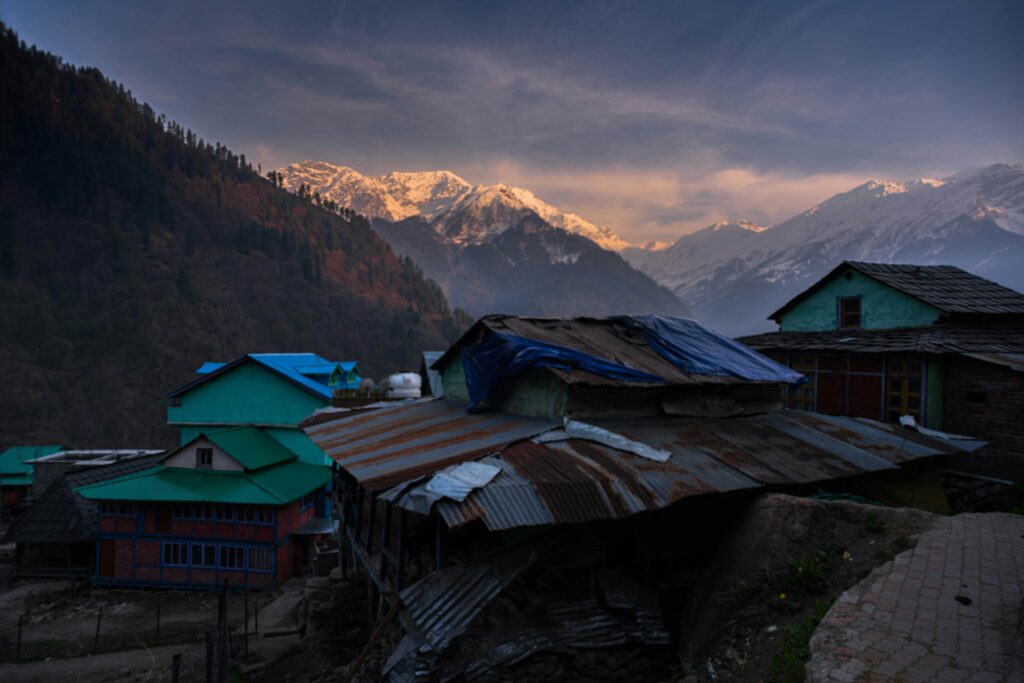Quality of Housing in Slums
Bread, clothing, and shelter are the basic requirements of human beings. But it is still beyond the access of disadvantaged sections of our society. Poverty and the deficit of housing in rapidly growing cities are the reasons for the proliferation of slums. The major objectives of the present study are: to examine the internal variation of the selected indicators of housing quality in slums of India, statewise, 2011, to examine the quality of housing of slum households in India, state-wise, 2011 and lastly, to analyze the comparative status between Odisha and all India scenario in terms of housing quality.
The present study is entirely based on secondary data. The secondary data has been collected from Housing Stocks, Amenities, and Assets of Slum, Census of India and Odisha, 2011. Simple percentage calculations, and different statistical techniques like Co-efficient of Variation, ZScore, and Composite Score are applied here to analyze the data. With respect to the quality of housing in slum households, the accessibility of ‘electricity’ is more consistent and the availability of ‘drinking water within premises’ shows very high internal variation.
The majority of North and Northwestern states and some states of South India are experiencing high levels of quality housing in slums. Odisha as a low urbanized state is characterized by the low level quality of housing in slums. Most of the slum households of Odisha are of livable condition and permanent and most of the slum households are owned in ownership status. The accessibility of basic infrastructure to slum households is very poor. Therefore, the housing quality in the slums of Odisha is lower than the national average.

Also Read: Policies to promote access to good-quality affordable housing in OECD countries
